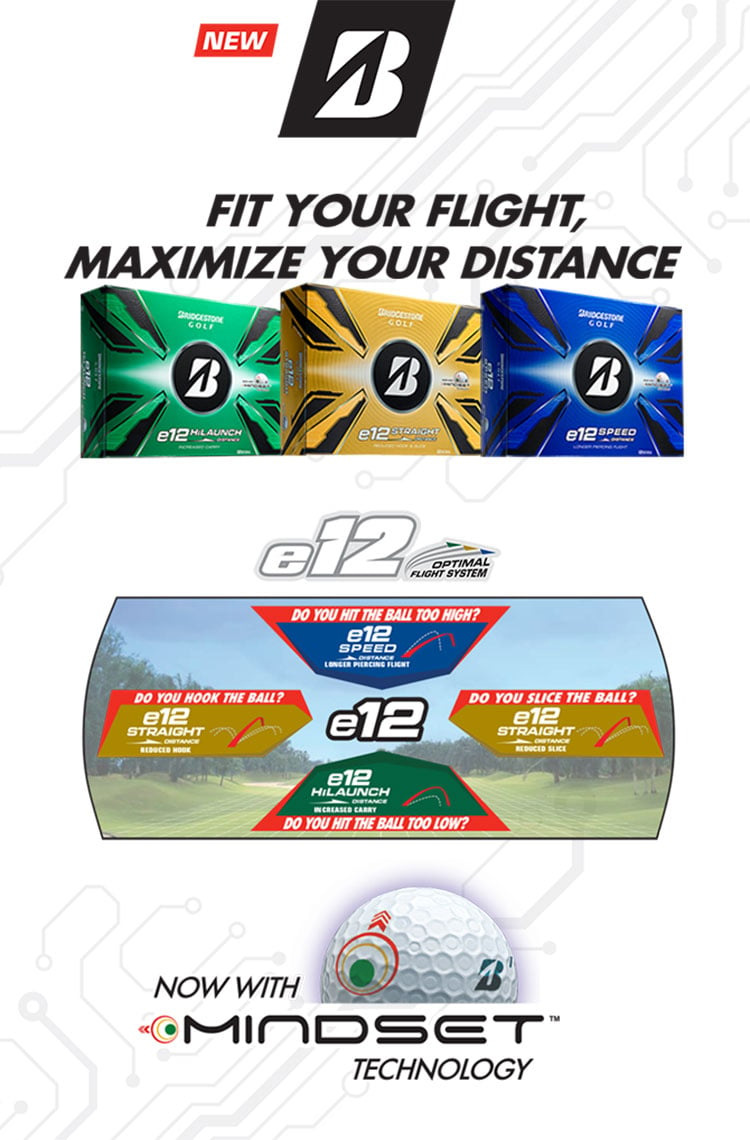WHAT YOU NEED TO KNOW: Ping’s most extensive and versatile wedge line to date, the s159 line, features 25 loft/grind options. The grinds and shape were the result of direct feedback from the company’s tour staff. Cast from 8620 carbon steel, the wedges feature machined grooves and an elastomer insert that assists in achieving the proper swingweight. A new web-based app can help golfers find the best fit for them.
PRICE & AVAILABILITY: $370 (steel), $400 (graphite); s159 wedges are available now.
A Tour Wedge. Fit for All. Introducing #s159 — Six grinds custom engineered to change your short game.
Learn more: https://t.co/8Zr1AVl4Y2 pic.twitter.com/h9i75r2wdh
— PING GOLF (@PingTour) February 13, 2024
3 COOL THINGS
1. In control. When it comes to wedges it’s not always about achieving the most amount of spin possible, but the proper amount of spin. That’s because lower-lofted wedges are essentially full-swing-only clubs while the higher lofts serve multiple purposes.
For the s159 line, “wheel-cut” grooves are precision-milled to ensure consistency while minimising the variations in spin in various conditions, leading to more control. The 54 to 62-degree options feature more tightly spaced grooves because on short shots you want more groove edges to engage with the ball. On the 46 to 52-degree wedges, the grooves are less tightly spaced as they are designed to work better on full swings. A face blast the company refers to as “Starblast” adds surface roughness for added friction.
2. Grinds galore. With 25 loft/grind options, the s159 is Ping’s most extensive wedge line offering to date. New this year is the addition of the H and B grinds. The H is a “half-moon” and works well in soft conditions or for players with a steep angle of attack. The B is a low bounce, wide sole wedge (with a lot of camber removed from the sole) that works well in firm conditions.
“The H was inspired by the 4-degree bounce W grind,” said Jacob Clarke, design engineer for Ping. “It has a leading edge that sits close to the ground when the face is squared and is a good option for those who prefer to hit dead-handed approach shots.”
The T grind is more versatile with leading edge bounce to prevent digging. The W grind has a slightly bulkier look and provides forgiveness for those with a steep angle of attack who might also have a lot of shaft lean. The venerable E grind, based off the iconic Eye2 wedge, is almost foolproof from bunkers, while the S grind is a “bread and butter” grind for the widest use for a variety of techniques.
Perhaps as important, each grind is available in 58 and 60 degrees, and with reason. “We make all the grinds available in the highest-lofted wedges because that is where use is more variable and the variety of shots are greater as opposed to full swing gap wedges,” Clarke said.

3. An app for that. With options, however, can come confusion. What grind do I need? What should my loft gaps be? It can be enough to make golfers want to throw up their hands and say, “Enough, already.” Ping understood that concern and has developed its WebFit wedge app to give golfers a quick, easy method to narrow the choices.
Golfers answer a series of questions about their short game, including their typical playing conditions and technique, which results in two grind suggestions. They can then take those recommendations to a fitter who can help validate them and further fine-tune the specs of the wedge. The app, which takes just a few minutes to complete, also provides gapping information to help the player build out their wedge set. The app was developed in-house by Ping’s data scientists and relied on a vast collection of wedge data, much of it from the company’s relationship with Arccos,
The app doesn’t require downloading, logging in or signing up for anything. It will be accessible via a QR code in golf shops and on ping.com.
“Wedge fitting is so important,” Clarke said. “If you’re in the wrong grind it can be as much as a 2,000rpm difference in spin.”

